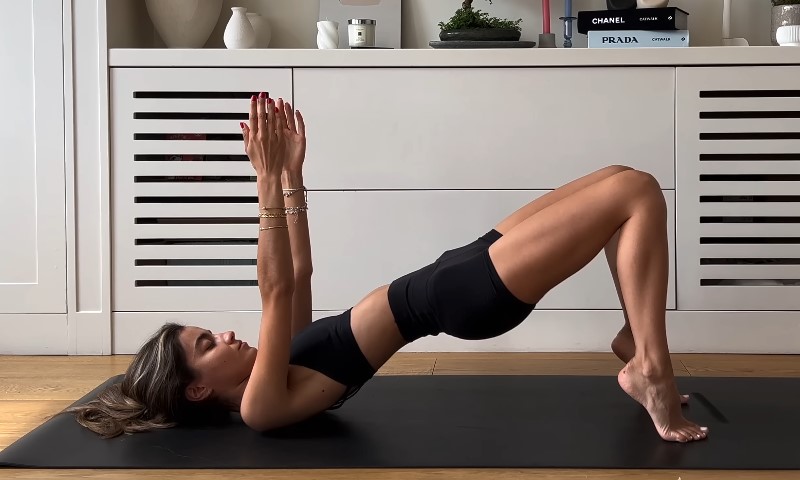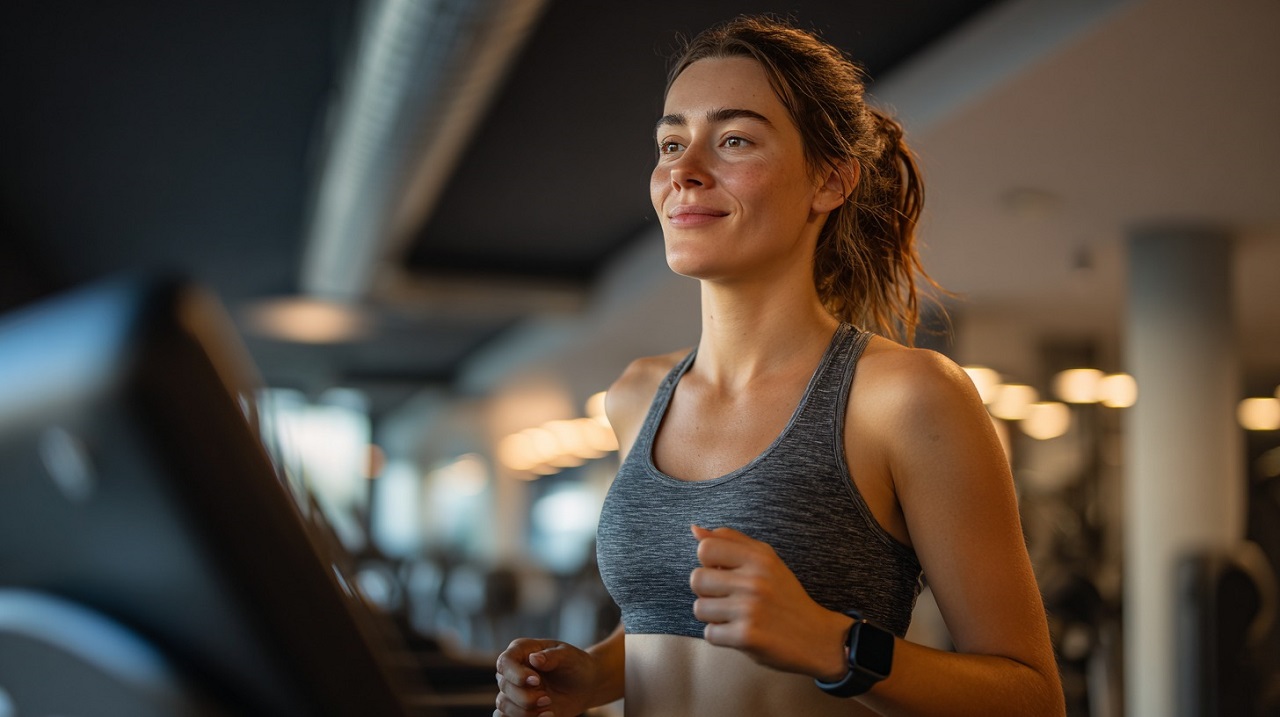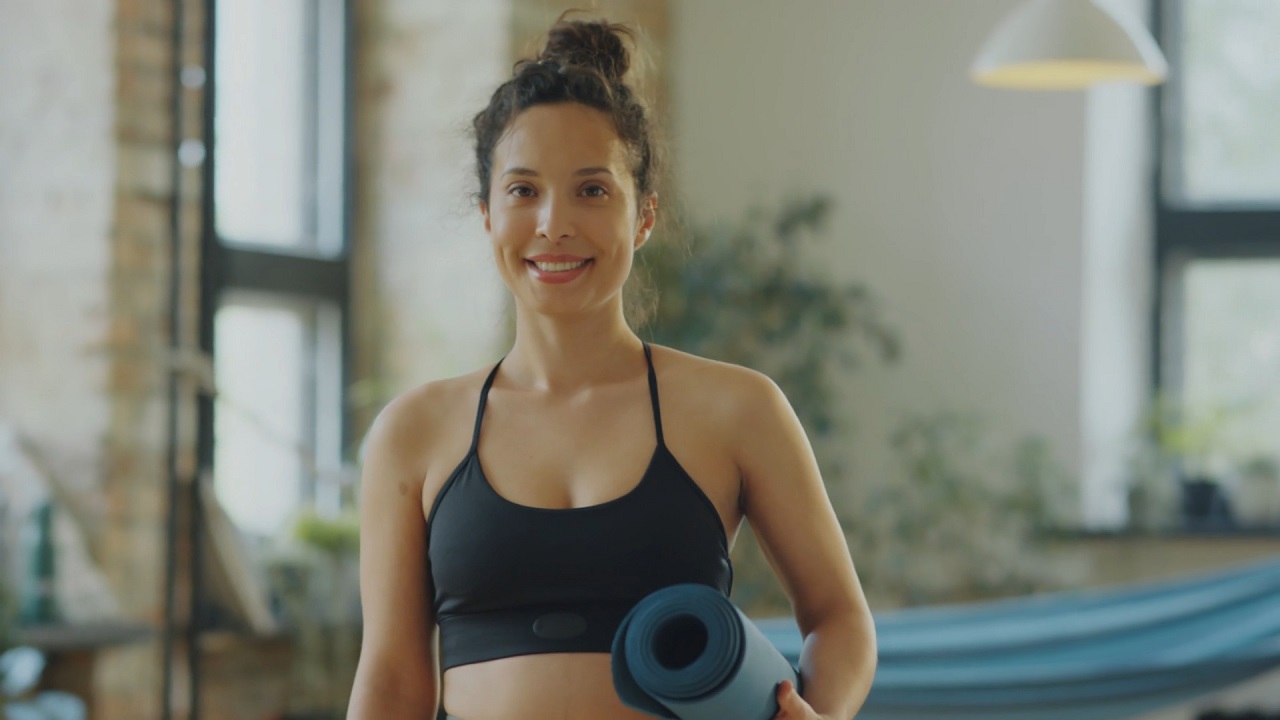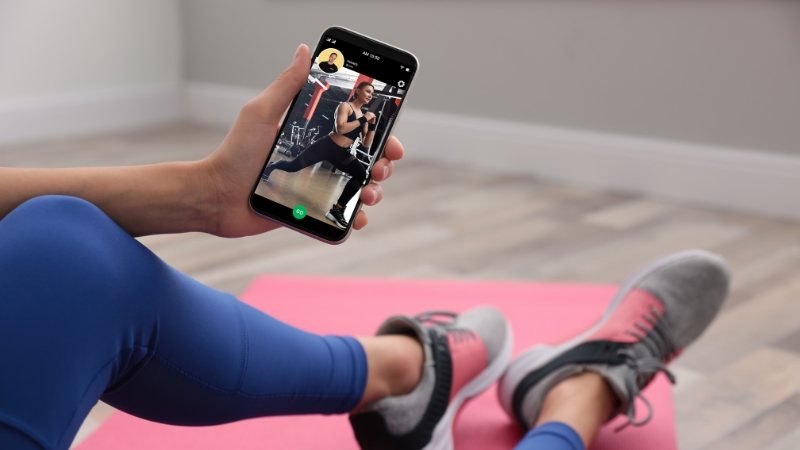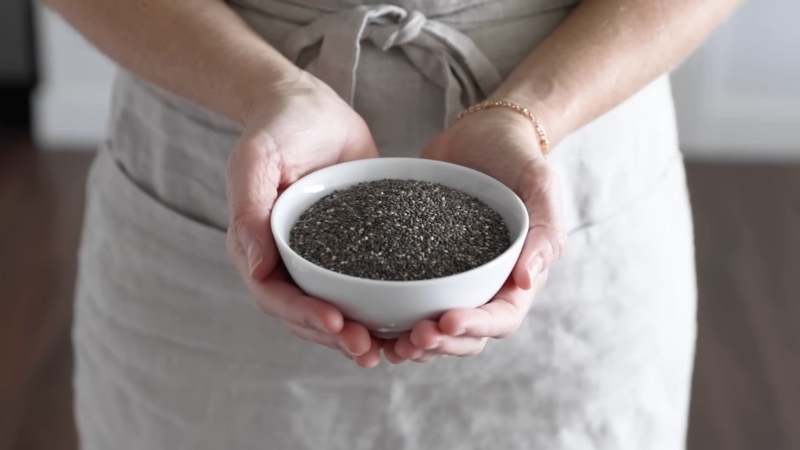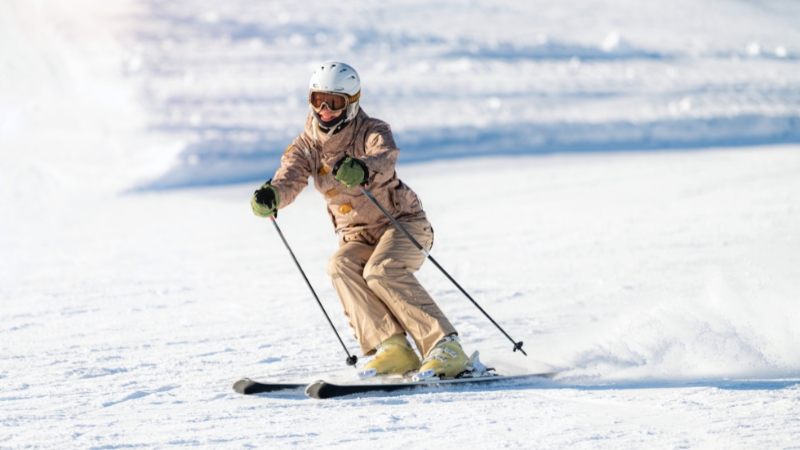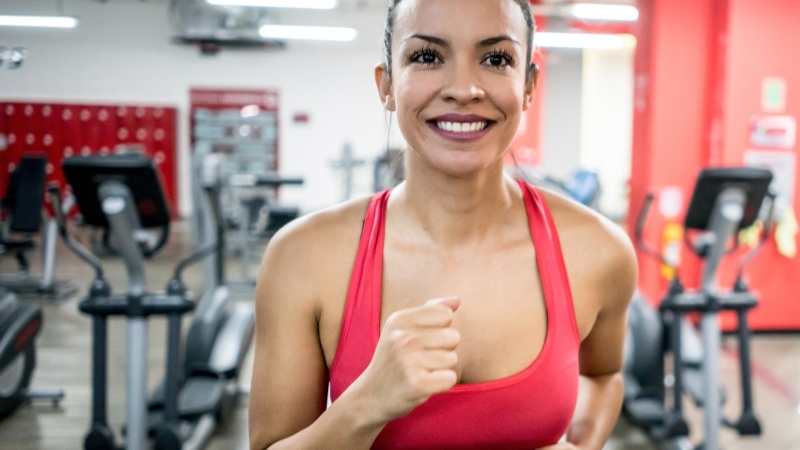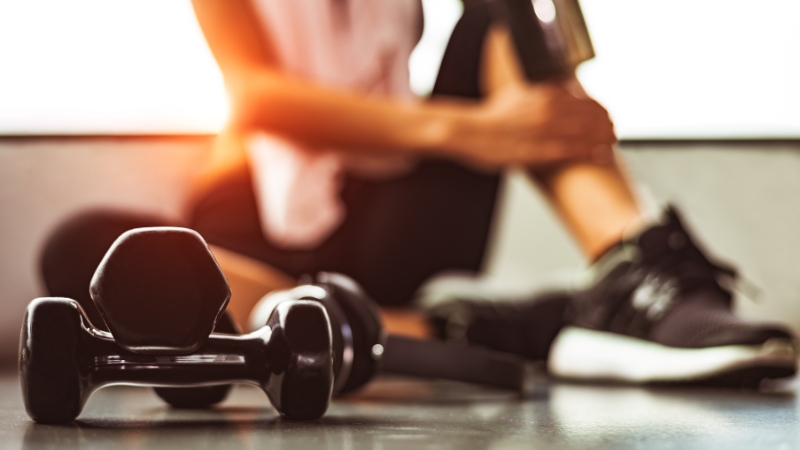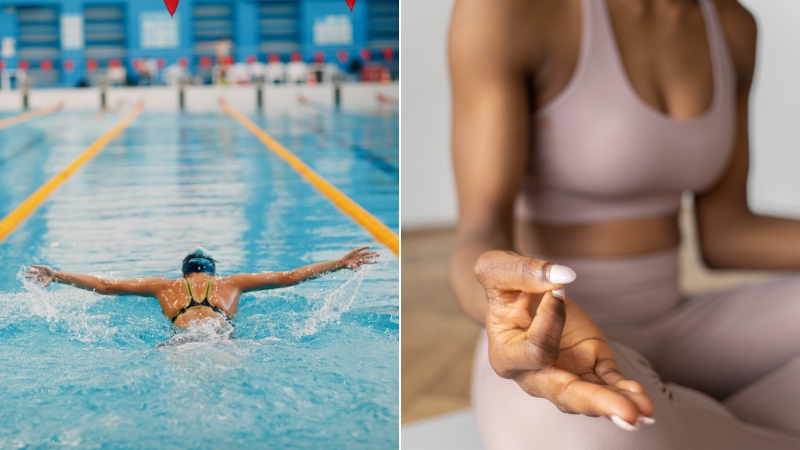
Share Post:
Swimming and yoga often top the list of full-body fitness practices, especially among those focused on flexibility and core development.
One demands movement through water; the other demands stability on land. Each discipline engages the body in different ways, offering physical improvements that can shape mobility, balance, and strength.
A focused look into how both improve flexibility and core strength will offer practical insight for anyone aiming to choose or combine them effectively.
Table of Contents
ToggleHow Swimming Improves Core Strength
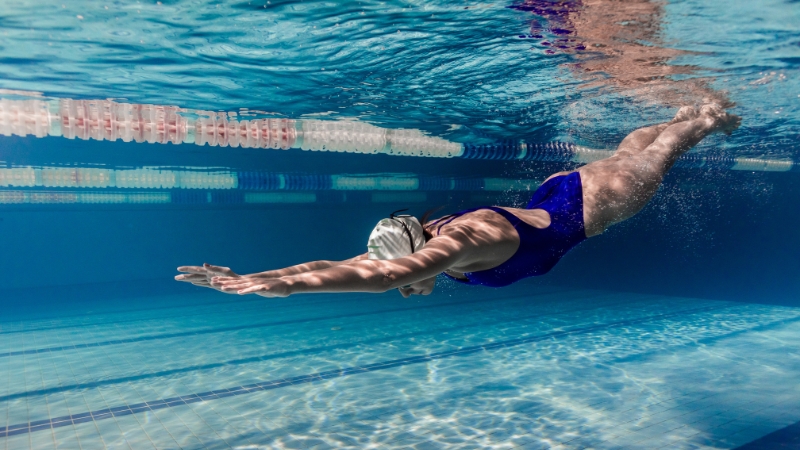
Water creates constant resistance against movement. That resistance activates the core every time a swimmer pushes, pulls, twists, or glides.
Each stroke becomes an opportunity to challenge the abdominal wall. In techniques such as freestyle and butterfly, every reach forward and every kick behind requires the midsection to brace and stabilize the body.
Freestyle stroke depends heavily on rotational force through the torso. As one arm pulls and the other recovers, the trunk rotates.
That rotation stimulates the obliques and lower back. The hips follow, guided by the strength of the core.
Backstroke uses the same mechanism, though in reverse. The body shifts slightly side to side as each arm slices through the water. These constant shifts, supported by core control, keep the swimmer streamlined.
Streamlining happens when the body glides between strokes, arms extended and core locked. In this position, the body moves like an arrow. Without a strong center, this form collapses, increasing drag and wasting energy.
Swimmers quickly recognize that control over the trunk muscles defines both speed and efficiency.
Key contributions of swimming to core strength include:
In the water, muscle engagement takes on new intensity. Movements slow down due to resistance, but that slowdown demands more control. The core must guide every twist, every kick, and every breath.
Water resists in every direction, which means the body must find strength in balance. It must push through pressure while remaining aligned.
Those who swim regularly develop not only visible abdominal tone but also deeper strength. Posture improves. Spinal support becomes more natural.
Endurance increases because the body learns to move efficiently without unnecessary strain.
Outside the pool, benefits show up in athletic performance, daily movement, and even injury prevention.
This kind of structured body control also draws parallels to essential life-saving techniques.
For instance, learning to stabilize posture while swimming mirrors the posture taught in Right CPR training online, where correct body mechanics ensure efficient, safe movement during emergencies. Both require core awareness, stability under pressure, and precise coordination.
Swimming’s Impact on Flexibility
Swimming stretches the body through continuous movement. Unlike static stretching, it allows muscles to lengthen through repetitive motion, creating flexibility without high tension. Every stroke becomes a dynamic stretch.
Backstroke opens the chest and shoulders with full backward arm circles. Butterfly stretches the spine and hips through the undulating dolphin kick.
Each motion flows into the next, gently extending joints and elongating muscles through controlled force.
Frequent swimming sessions improve limb flexibility across all planes. Stroke variety also helps different body parts get worked and stretched.
Here’s how stroke mechanics enhance mobility:
Over time, these movements support longer stride lengths, better reach, and smoother motion. Compared with common aerobic routines like running or biking, swimming activates a more complete range.
While running strengthens legs and cardiovascular health, it also tightens the hamstrings and calves.
Swimming offsets that with balanced motion and full-body engagement.
Benefits of swimming for flexibility include:
Regular swimmers often report greater range, reduced tension, and better postural alignment in daily life.
How Yoga Builds Core Strength
Yoga does not rely on motion to build core strength. It uses controlled stillness. Isometric holds like plank or boat require the abdominal wall to remain engaged without changing position.
That endurance builds muscular stamina, especially through the front and sides of the core.
Stability poses such as chaturanga and side plank take that challenge further.
Holding the body in a horizontal line, often on one arm or with shifting weight, activates stabilizing muscles throughout the torso. Core involvement becomes essential not for intensity, but for balance and control.
More advanced postures like crow or firefly bring the body into arm balances that depend entirely on core support. Lifting the feet and supporting weight through the arms demands strength across the center of the body.
Ways yoga develops core strength:
Breathwork plays a vital role. Core muscles, especially the deep transverse abdominis, get activated through techniques like bandhas.
Breath becomes the mechanism for tightening, lifting, and controlling movement. That control extends to walking, sitting, and lifting outside of practice.
With regular yoga, the midsection becomes less about show muscles and more about function. A stronger core translates to better movement control, injury resistance, and even improved digestion and posture.
Yoga’s Influence on Flexibility
@everything.smooth the shorter the practice, the greater the freedom #yogi #yoga #flexibility #flexible #yogaflow #yogagirl #yogapose #yogachallenge #yogalover #yogatok #femininity #selflove #womanhood #feminineenergy #movement #movementismedicine #foryouu #foryou #foryoupage #fyp ♬ Watchlar – Cocteau Twins
Yoga reshapes flexibility through consistent stillness. Long-held poses offer a quiet method of stretching muscles and opening joints. Hamstrings lengthen in seated forward bends.
Hips open in pigeon. Shoulders stretch in eagle and backbends.
Unlike dynamic motion, yoga’s power lies in stillness. Muscles receive time to relax into lengthened positions. The nervous system responds by releasing tension, allowing for lasting improvements in range.
Common yoga stretches that boost flexibility:
Swimming often targets major muscle groups, leaving behind small or tight areas like the hip flexors, IT bands, or the neck.
Yoga finds those weak links and lengthens them over time. That balance enhances total-body flexibility.
Mindful movement during transitions also supports joint mobility. Shifting between poses with awareness allows for micro-adjustments and better alignment.
Sequences like sun salutations enhance coordination while improving flexibility.
The Bottom Line
Swimming and yoga each strengthen the core and improve flexibility, though through vastly different approaches.
Swimming uses movement through resistance to engage and lengthen muscles, while yoga emphasizes stillness and intentional breath to build stability and stretch.
Personal goals, physical condition, and lifestyle should guide the choice.
For those wanting a balanced routine, combining both can maximize strength, stability, and mobility in equal measure.
Related Posts:
- Is Acupuncture Better Than Medication for Neck Pain?
- Cardio vs. Yoga - Which is Better for Mental Health…
- Pilates vs. Yoga - Which is Better for Your Fitness Goals?
- How to Use Muscle Rollers for Recovery, Flexibility,…
- Are Concussions in Sports More Dangerous Than We Think?
- 8 Signs Your Body Needs More Than a Multivitamin



